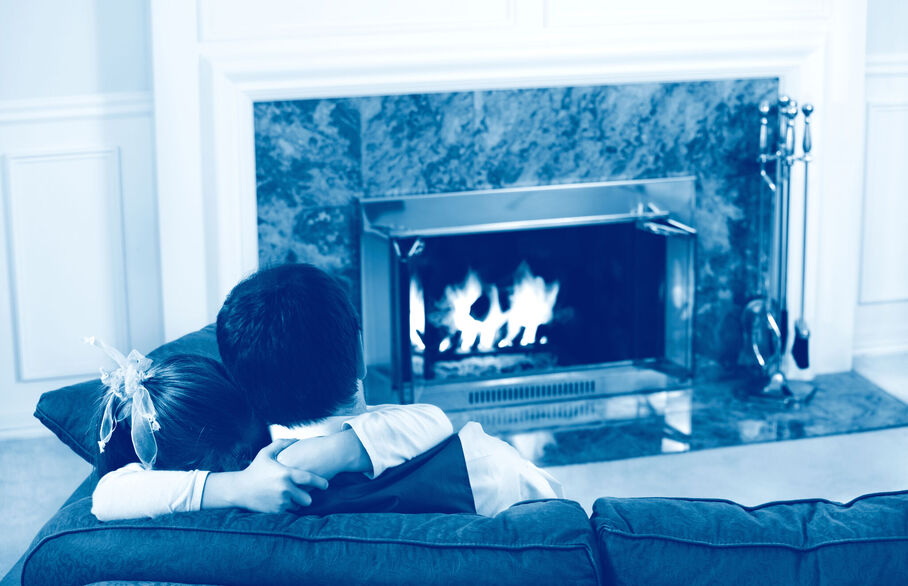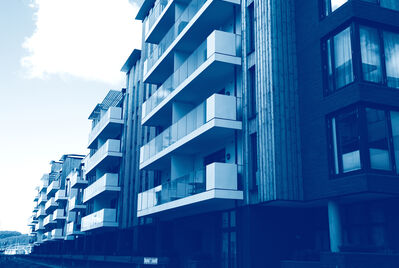
If a property is not insulated, it can lose around a quarter of its heat through the roof and around a third through the walls. Installing proper insulation is one of the key ways in which you can improve its energy efficiency rating and the good news is that you may be able to complete the works for well under £1,000 for an average three-bedroom, semi-detached house.
If you are carrying out any renovation, then it’s worth investigating before you carry out the work what else you can do to improve the property’s energy efficiency.
Loft or roof insulation
There are two types of material you can use in your loft:
- Rolls of mineral wool insulation, which should be laid to a depth of 270mm. It costs around £300 to insulate an average property, although you can greatly reduce this by fitting it yourself.
- Rigid insulation board, cut to size. This needs to be done very carefully to ensure a good fit so is best done by a professional. It should cost around the same as wool.
Be aware that some lenders are now very wary of roofs with ‘spray foam insulation’ as they can hide issues with the roof and it can be very difficult to remove.
If the loft area is used as living space, you’ll have to insulate the pitched roof, which is not as straightforward – even with wool or board - so it’s advisable to employ a professional fitter. You can find an installer via the National Insulation Association’s website
Bear in mind that if you fit insulation between the loft joists, the roof space may be colder than the house below and pipes and water tanks in the loft could be at risk of freezing, so it is essential to insulate them as well.
Wall insulation
For most properties, the solution is cavity wall insulation, which is injected from outside into the space between the inner and outer brickwork. This must be professionally installed and will cost around £475 for the average property (around £100 less for a mid-terrace). However, some properties have suffered with condensation and damp issues, so before you go ahead, it is worth seeking advice from a surveyor who is a member of RICs.
If your property has solid walls, it’s more complicated and the cost is likely to run to thousands of pounds. However, if the property was given a rating of ‘F’ or ‘G’ some time ago, it may be worth getting it reassessed before you make any expensive changes. Research in recent years suggests the thermal efficiency of solid walls has been underestimated, so you may not need to spend as much as you think to bring the property up to an ‘E’ rating, although there are issues with installing cavity wall insulation in modern timber frames, so best to seek expert advice.
Cavity wall insulation should be covered by a 25-year guarantee. If it settles or any beads have escaped, which is rare, you may start to notice cold or damp patches on the walls. The insulation can be topped up by a professional. Do make sure any work is backed by a guarantee and/or warranty.
For advice on which insulaltion to use and what your target market are expecting from rental properties in your area, simply call into your local Reeds Rains branch and one of the lettings team will be happy to discuss your options.
Alternatively, book a FREE lettings review
The Reeds Rains Content Marketing Team



